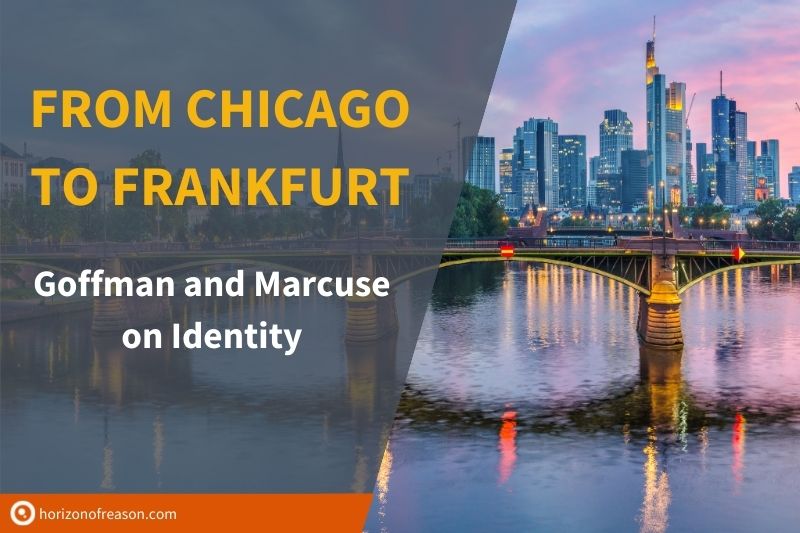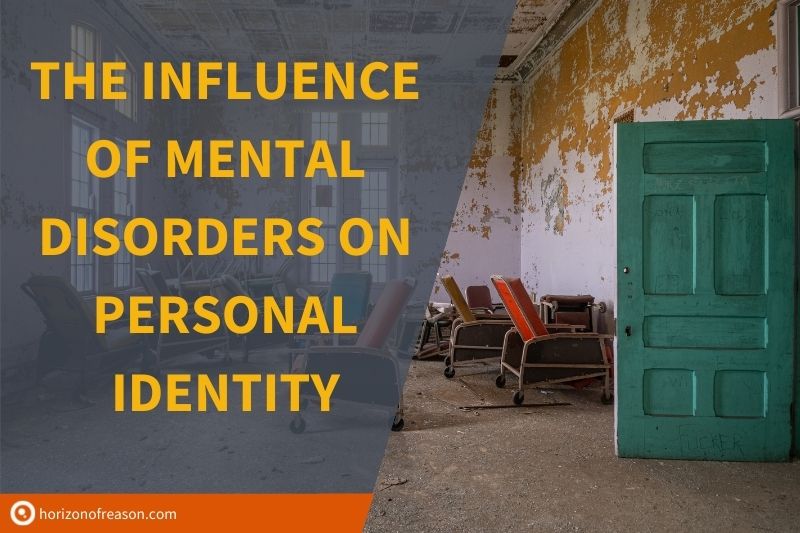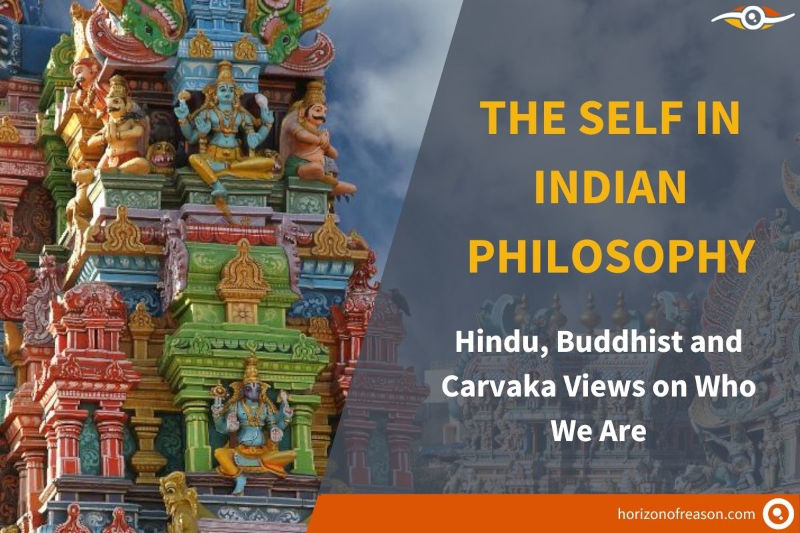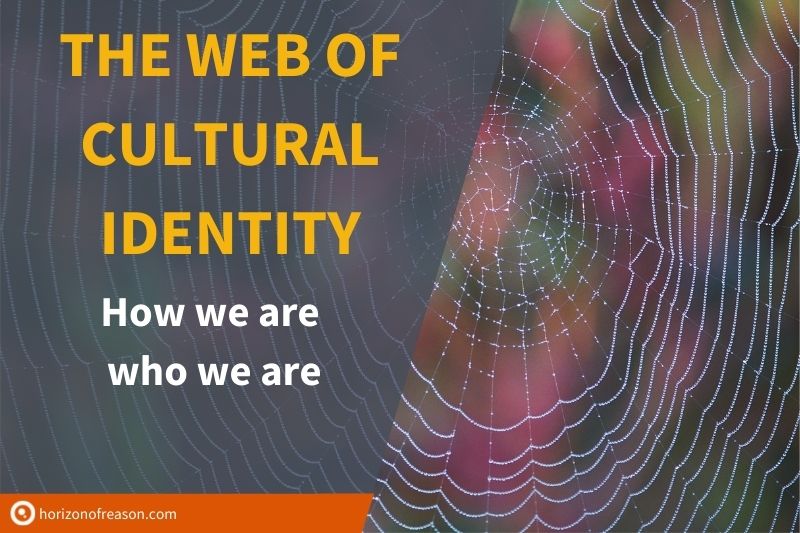
The Web of Cultural Identity: How we are who we are

Peter Prevos |
1059 words | 5 minutes
Share this content
Cultural identity is the concept of individuals labelling themselves as members of particular social groups—such as Nationality, Social class, Subculture, Ethnicity, Gender and Employment. The question to be answered in this assignment is whether we are free to choose our own identity or if identity is socially constructed through ideas like nationality, ethnicity, race and social class.
There are two major streams of thought that provide an answer to this question.1 On the one hand, there is the interactionist school, which emphasises that we can reflect upon the nature of the social world and our position in that world. There is a creative dimension of human consciousness that actively shapes society in our image.
On the other hand, there is the structuralist view that identity is the product of society. An example of this school of thought is German sociologist Georg Simmel (1858–1918) who argued that their membership of individual groups defines individuals. Simmel emphasises membership of the groups we belong to as a source of our identity.
The majority of sociologists, however, fall somewhere between these two antitheses. American sociologist C. Wright Mills, for example, argued that “neither the life of an individual nor the history of a society can be understood without understanding both”. Anthony Giddens sees a ‘double relationship’ between individual people and society, whereby individuals influence society and vice versa society influences individuals.
Web of Cultural Identity
There is no straightforward relationship between identity and social concepts such as Religion, Family and Gender. Our identities are embedded in a Web of Identity, which is a visual representation of the intersection between identity and society.
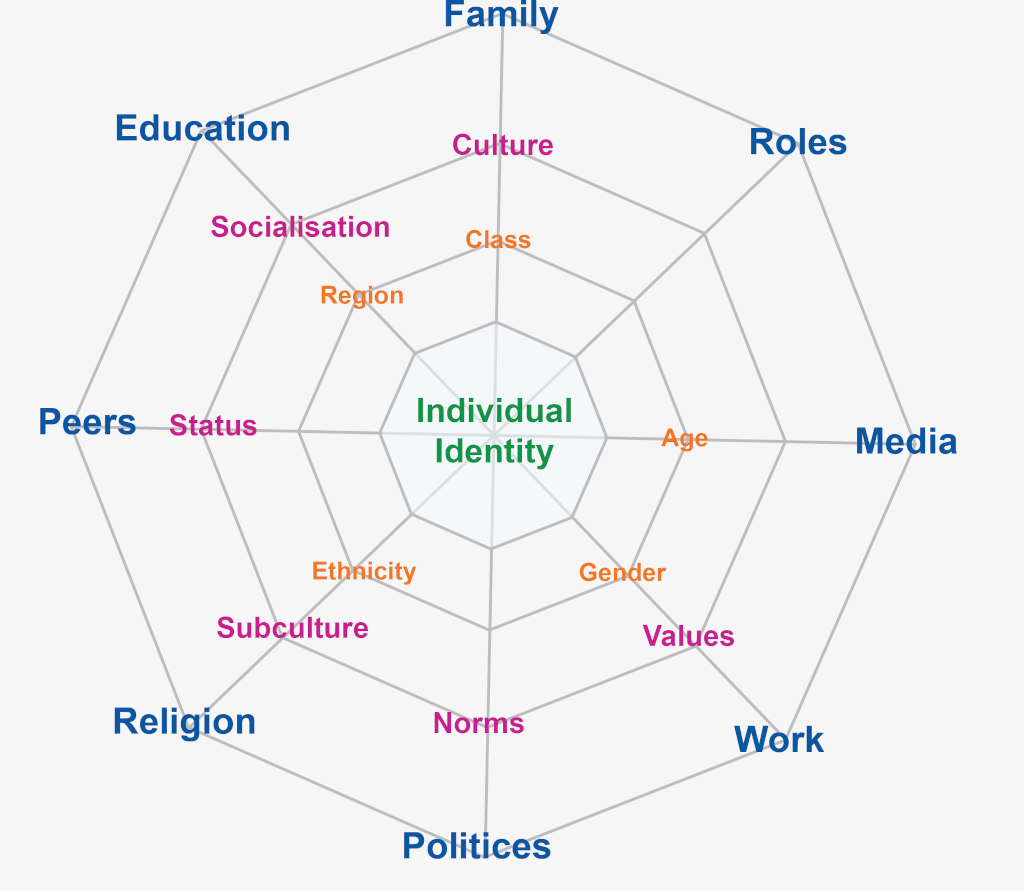
The Web of Identity illustrates that the interaction between identity and social structure is complex and multi-layered. Large social forces surround individuals; they live out their lives, making decisions and choices but have limited options available to them. Ang, who is of Chinese descent and grew up in Indonesia, describes how her identity as a foreigner and stranger was constructed by the indigenous Indonesians and was as such not accepted as a member of the community.2 This social mechanism has a significant influence upon people who are constructed as a foreigner and “people who are positioned as ‘foreign’ develop all kinds of strategies to deal with it—some people will try to deny their foreignness, and self-hatred is part of this, or they will try to assimilate into the dominant culture as much as possible”.
Connell et al. describe the link between family circumstances and how education shapes the identity of individuals. They describe Kevin, who identifies with his father to the extent that he even reproduces his father’s pattern of being better with figures than words in school. Kevin has incorporated much of his father’s personality and much of his outlook on life.3 The authors offer a structuralist explanation for the similarities between Kevin’s identity and that of his father. Kevin’s identity is constructed through the image of his father and the social structure surrounding him.
These two examples seem to show that our identity is for the most part influenced by our social surroundings, as the forces of the social collective are much greater than the will of the individual to construct his or her own identity. Postmodern philosophers have argued against this one-way street and have deconstructed the concept of identity and the social categories it interacts with.
Deconstruction
Deconstruction pulls apart processes and dislocates our belief in stable subjects such as Gender, Class and Ethnicity. Foucault, for example, argues that sexuality is not a useful category of study. Deconstruction of the aspects of the Web of Identity results in the recognition that identity is a fluid concept.4 Postmodern recognition of the instability of self, of openness in the choosing of identities, reduces identity to a flux.
The postmodern idea of identity is opposite to that of modernity. In modernist terms, one is an engineer, a student, an immigrant, an atheist—or a combination of these social roles and possibilities, and identities are relatively fixed.5 The narrative construction of a coherent self is a discursive construction, an appearance that is the self. The postmodern idea of identity, on the other hand, knows no fixed boundaries between people and labels. When identities are relativised, they are consequently diminished to a contingent construct. The ultimate conclusion is that we are free to shape our own identity.
If the self is constructed, rather than inherited, what form is it in? What is the thing that we make? Giddens says that self-identity is a reflexive project—an endeavour that we continuously work and reflect on. We create, maintain and revise a set of biographical narratives, the story of who we are, and how we came to be where we are now.6 This idea also implies that no substantial self exists behind the narratives, as the narratives are the self.
Cultural Identity
The postmodern concept of social identity has shown that there is no fixed concept of identity; we are not merely defined by our Profession, Gender or any of the other social categories in the Web of Identity.
When investigating the lives of individuals, one finds that, although people make their own choices in life, these choices are embedded and limited within the social structure. Individual identity is thus as much as a social construction as construction by the individual. Both the interactionist and the structuralist account of the construction of the self seem to be valid. Identity and social structure are in a symbiotic relationship as either can not exist without the other. Both identity and social structure propel each other forward in eternal flux, like a dog chasing its tail.
Notes
Livesey, C. (2004). Culture and Identity. In Sociological Pathways.
Ang, I. (1998). Out of bounds: inauthentic spaces and the production of identities. In M. Zournazi (Ed.), Foreign Dialogues: Memories, Translations, Conversations (pp. 153–167).
Connell, R. W., Ashenden, D. J., Kessler, S., & Dowsett, G. W. (1982). Making the Difference: Schools, Families and Social Division (pp. 35–78).
Foucault, M. (1971). Madness and civilisation. A history of insanity in the Age of Reason. Routledge.
Ott, B. L. (2003). “I am Bart Simpson, who the hell are you?” A study in postmodern identity (re)construction. Journal of Popular Culture, /37/(1), 56–82.
Gauntlett, D. (2002). Media, gender and identity: An introduction. London and New York: Routledge.
Share this content
